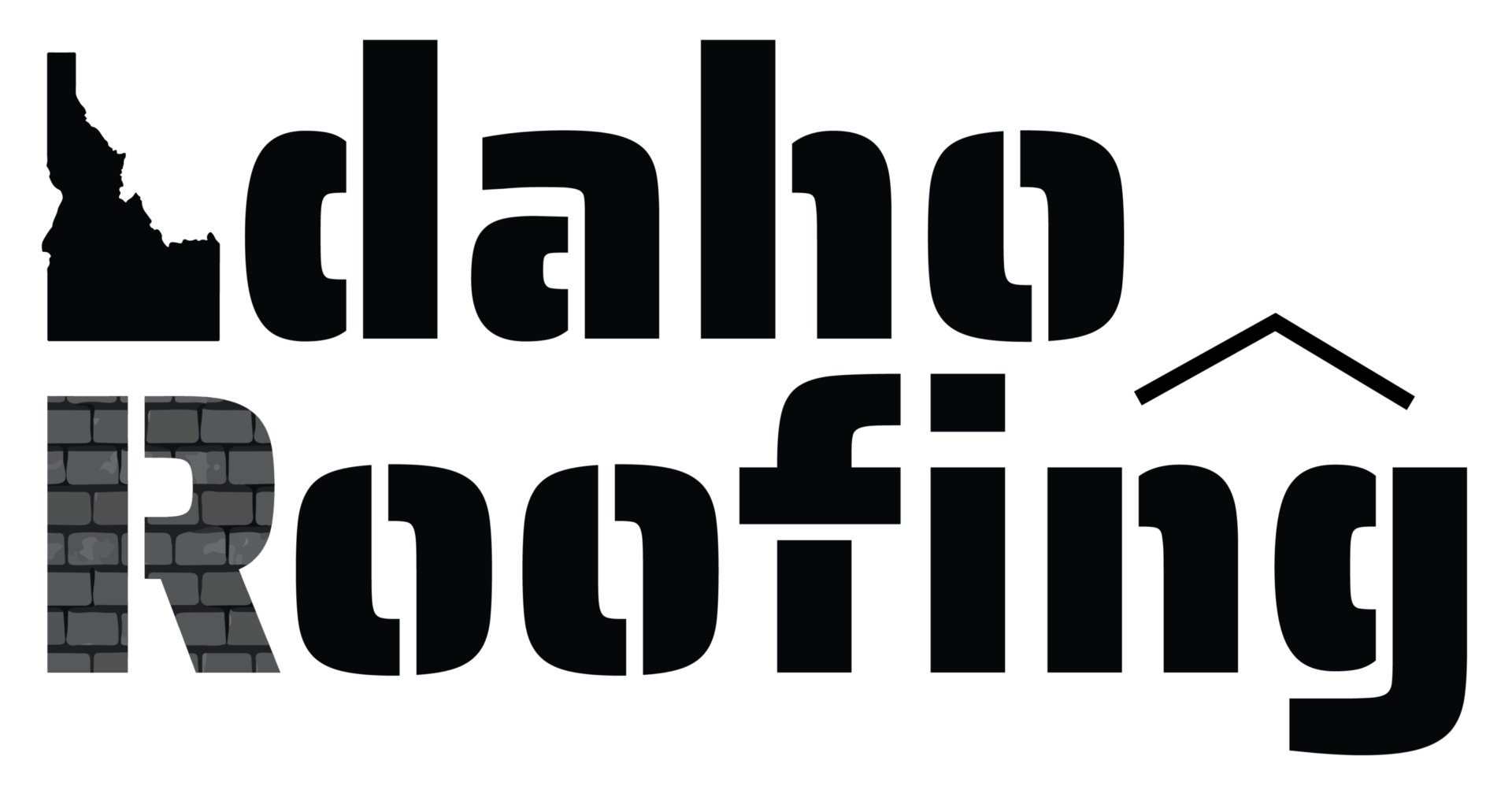Architectural vs. 3-Tab Shingles for Idaho Winters: Lifespan, Warranty, and Fit
Architectural vs. 3-Tab Shingles for Idaho Winters: Lifespan, Warranty, and Fit
Choosing between architectural and 3-tab shingles comes down to performance in wind and snow, expected lifespan, and budget.
For most homes in Idaho Falls, Rigby, and Rexburg, architectural shingles are the go-to for longer service life and better storm performance, while 3-tab can still fit tight budgets or outbuildings.
At a glance
- Durability: Architectural (laminated) shingles are thicker and typically last longer than 3-tab.
- Wind & weather: Architectural styles generally have higher wind resistance and stronger sealants—helpful during spring wind events and winter freeze-thaw.
- Appearance: Dimensional look (architectural) vs. flat, uniform look (3-tab).
- Cost: Architectural costs more upfront but often delivers lower lifetime cost due to longer service life.
- Use cases: Architectural for most homes; 3-tab for sheds, garages, or when budget and timeline are primary.
Quick comparison
| Feature | Architectural (Laminated) | 3-Tab |
|---|---|---|
| Construction | Two or more layers laminated for thickness | Single layer with cutouts (tabs) |
| Expected lifespan | Longer, due to thicker mat and stronger sealants | Shorter, more prone to wear in harsh climates |
| Wind performance | Generally higher wind resistance when installed per spec | Lower wind resistance; tabs can lift or crease |
| Cold-weather fit | Better for snow load and freeze-thaw cycles | Acceptable for milder exposure or outbuildings |
| Appearance | Dimensional, varied shadow lines | Flat, uniform pattern |
| Upfront cost | Higher | Lower |
When 3-tab still makes sense
- Outbuildings: sheds, detached garages, or utility structures.
- Tight budgets or short timelines: when lower upfront cost is the priority.
- Matching existing: small patch repairs on older 3-tab roofs.
Installation details that matter in Eastern Idaho
- Underlayment & eave protection: synthetic underlayment plus ice & water shield at eaves/valleys helps with wind-driven rain and ice dams.
- Starter, drip edge, and flashing: continuous drip edge and correctly lapped flashing improve performance in gusty storms.
- Ventilation: balanced soffit intake and ridge/roof exhaust reduces ice dams and extends shingle life.
- Nailing pattern: follow manufacturer and local best practices to meet regional wind conditions.
Choosing the right shingle for your home
If you plan to stay in your home and want stronger storm performance, go architectural.
If you need a quick, budget-minded solution for a lower-risk structure, 3-tab can work.
We’ll review roof pitch, exposure, ventilation, and any storm history in Idaho Falls, Rigby, or Rexburg to recommend the best fit.
Roof Replacement Service
Our Shingle Options
Get a Free Estimate
FAQs
Are architectural shingles heavier than 3-tab?
Yes. Architectural shingles use laminated layers, which adds weight and contributes to durability and a dimensional look.
Do architectural shingles really last longer?
They typically do, thanks to thicker construction and stronger sealants. Actual life depends on installation quality, ventilation, and exposure.
Will 3-tab hurt my resale value?
Buyers often prefer the look and performance of architectural shingles on primary homes. On outbuildings, 3-tab is common and expected.
Can I mix architectural and 3-tab on the same property?
Yes. Many homeowners choose architectural for the house and 3-tab for sheds or detached garages to balance budget and performance.





